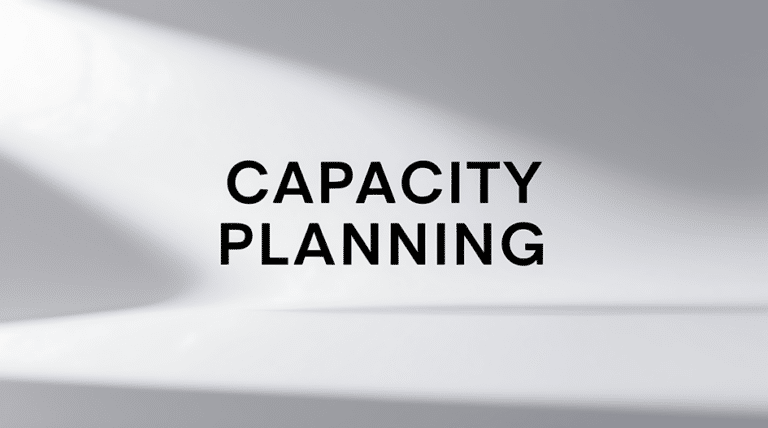The supply chain world loves technology. We love data, big, if possible. Data scientists are on fire, machine learning models are heating up the data centers. Every day, we shuffle a lot of data and run algorithms, starting with our good old MRP.
However, our algorithms are primarily crunching fuzzy data.
Let’s adjust our glasses and face reality:
- Our forecasts are estimates, full of uncertainties
- Our lead times — manufacturing, procurement, transportation — are estimates
- Our production capacities, our yields, are estimates
- Our consumption of materials in our BOMs are estimates
- Our stocks… Uh, no… Although…
Our baseline data is fuzzy.
On top of that, we live in a very dynamic environment.
Orders come in every day, largely at random. Customer orders change, are moved forward, backward, the volume changes. Hazards occur, in production, during transport.
Photographers would tell you: not only is it out of focus, but there is motion blur!
How to Handle A Fuzzy Supply Chain
What can we really expect from our processes and IT systems in this context?
What we should expect is decision support.
There are two types of decisions to be made: automatic decisions and human decisions, and these decisions must be made on several time scales.
Let’s automate what can be automated without too much risk. Automating decisions based on fuzzy data seems like a paradox. However, this is the role of a demand-driven operating model (a DDOM, starting with DDMRP): we define a model, a mechanism, business rules, which will be executed in a fully automatic or semi-automatic way. What makes this automation possible? The defined model works in ranges. As long as you are within the operating range, go!
Let’s help human decision making when conditions go out of operating ranges, and on longer horizons.
It is not a question of using artificial intelligence to make a blurred and moved image clear.
It is rather a question of focus, a concept core to Theory of Constraints. It is about focusing the attention of the actors who must make decisions on the relevant information so that these decisions are the best possible and are made at the right time.
Automating enables you to focus only on the exceptions that deserve special attention.
On a medium- and long-term horizon, we give visibility to the conditions, to the scenarios that exceed the capabilities of our operating model, in order to pilot the adaptation. For example, adjusting capacities. Business Intelligence analytics are key to feed this.
Historically we have tried to focus on this blurred and shifted image. For example, by pursuing the goal of reliable forecasts. It is time to assume that the picture will remain fuzzy and moving, but that we must equip ourselves with sensors and dynamic steering that allow us to find our way in this uncertain environment.












